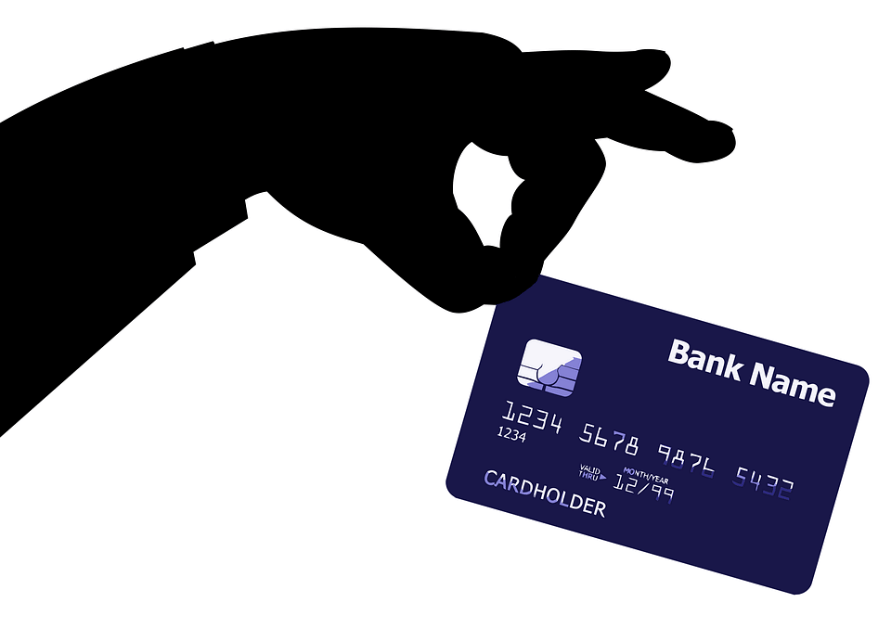Security, easy admin and data visibility are just a few reasons virtual cards are an excellent way to pay for business travel. And now regulatory challenges and mobile innovations are making the case to go mobile even more compelling.
Is your company using virtual cards yet? Many are. Card issuers continue to report annual growth in virtual card transactions of around 30 per cent, a figure which has remained consistent for nearly a decade.
A virtual card number is like a 16-digit number printed across the middle of a plastic card, but there is no physical “card”. The number is created digitally and used once only. It can be generated when travellers use an online booking tool, or by a travel agent completing a reservation on a website or in a global distribution system.
What’s great about virtual
TravelpoolEurope managing director Søren Schødt sees many benefits to using virtual cards. “We are rolling them out in all countries where we operate,” he says. “They are much better than a secretary keeping a plastic credit card in a desk drawer and using it to book hotels for everyone in the office. Keeping a card lying around like that creates significant potential for misuse, and that’s in part because visibility is poor. You can’t tell which hotel has been booked for which employee.
“Using the same card for everyone also creates a mess when reconciling travel bookings and payment transactions,” Schødt continues. “With virtual cards, a different card number for each booking creates a unique identifier which makes reconciliation much smoother.”
Why the time is right
There are several reasons why now is an especially good time shift to payment via virtual card:
Track “non-compliant” spend
Employers are struggling with non-compliant bookings, especially of hotels, by their travellers. One explanation for poor compliance is that travellers often prefer user-friendly sites like Booking.com to conventional corporate booking tools. But now the AirPlus A.I.D.A. Virtual Card, which is used by TravelpoolEurope, has been integrated as the only payment option that can be generated automatically within Booking.com for Business. The result is that travellers can carry on using Booking.com but the virtual card payment ensures the reservation can also be tracked within the managed travel programme.
Pay for non-employees
A big trend in the business world is for companies increasingly to rely on non-employees such as contractors and customers. Corporate cards aren’t issued to non-employees, but their travel can be paid through virtual cards instead. Virtual cards can also pay for other groups of travellers without corporate cards, such as trainees or interns.
Crack down on fraud
There have been many stories in recent months about criminals hacking customer information held by hotel chains, airlines and other businesses in the travel industry. In some cases, the stolen data has included card details. But with virtual cards there is nothing to steal. The number is used once only, and the client can specify where and when it is used, and the maximum amount payable. Virtual cards are of no use to thieves, and supplier gain nothing by storing the details anyway.
Strong Customer Authentication
From 14 September 2019, online payments via a plastic card in the EU will require a secondary form of verification (known as Strong Customer Authentication) by the customer, such as a thumbprint or inputting a code received via SMS. It means that in future plastic cards can only be used by the cardholders themselves, so the card kept in a secretary’s drawer for many different people to use will no longer work. Virtual cards, on the other hand, are almost certainly exempted from SCA and provide an ideal alternative.
Challenges to going virtual
In spite of all the advantages listed above, problems remain. The first challenge, Schødt says, is that “we are in a transitional phase. A virtual card can, in theory, be generated to pay for any booking through a travel management company or booking tool, but a lack of integration agreements means this can only be done automatically with certain card issuers for certain booking tools or TMCs. If not, you have to generate the number in the issuer’s website and then copy and paste it into the booking, which is inefficient.”
The other problem is that not all hotels recognise and accept the virtual cards sent to them by TMCs. This leads occasionally to a guest arriving at check-in and finding the front desk refusing their virtual card number and insisting on seeing a “real” plastic card instead.
This unfortunate situation may arise for different reasons. The first is that while a TMC or corporate booking tool sends reservation information to a hotel group via a GDS, the payment information has to be sent separately to the individual hotel property. The information is sent via a secure e-mail or even by fax, but that doesn’t guarantee it will be received on the front attached to the original reservation.
Even if the front desk does receive the payment details, the staff may not accept the virtual number as a valid form of payment if they have been trained only to recognise plastic cards.
The solution – mobile virtual payments
Better education of hotels is helping to reduce the problem of virtual card non-acceptance. But the payments industry now thinks the problem can be solved in a different way: by putting virtual cards on to mobile phones. Stored in a mobile wallet, a virtual card looks like, and is used in just the same way as, a stored corporate card, so a hotel receptionist will not see any difference.
There are other good reasons for taking virtual cards mobile. Mobile is increasingly the technology consumers want to make payments. Global volume paid through mobile devices is projected to increase from $123.5 billion in 2017 to $3,371 billion in 2024, according to Zion Market Research.
But, for corporate clients, the really exciting implication of going mobile is that virtual cards can start to pay for expenses incurred during a trip, not only for travel booked before departure. With so many more merchants now accepting card payments, the opportunity to capture all spend through one medium could improve dramatically.
 The TravelpoolEurope perspective – mobile virtual is set to be a major breakthrough
The TravelpoolEurope perspective – mobile virtual is set to be a major breakthrough
We are very excited about virtual cards generally, but we think taking virtual cards mobile for on-trip payment could prove the real game-changer. Of course, the 55 million merchants worldwide currently accepting Visa (for example) also accept plastic cards. The crucial difference about virtual cards is that they are a centralised form of payment. That gives employers more control over whether to allow the payment or not. It also means travellers will no longer have to worry about submitting expense claims and waiting for reimbursement. Instead everything is settled centrally – a big time saver and with much more data transparency.


Mailing list
Sign up if you would like to